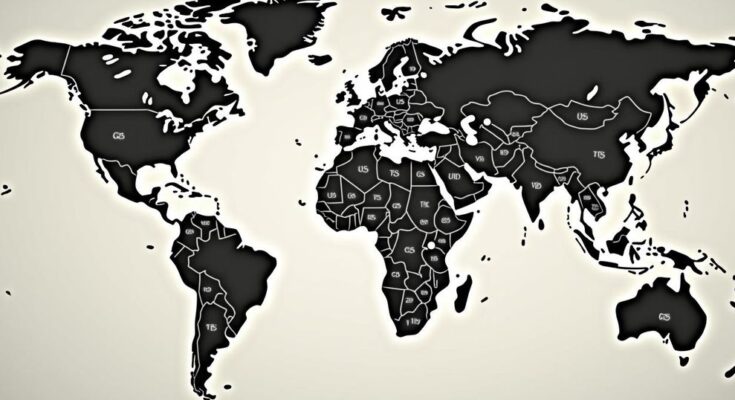The Pentagon is preparing to send thousands more troops and additional aircraft squadrons to the Middle East in response to recent Iranian missile attacks. This action reinforces the U.S. military presence and commitment to regional stability amid rising conflict.
The Pentagon is actively preparing to augment the U.S. military force in the Middle East, announcing an impending deployment of thousands more troops alongside three additional aircraft squadrons. This mobilization responded to the recent Iranian missile attacks, during which U.S. warships played a vital role in assisting Israel with missile interceptions. The current situation underscores the expanding American military presence amid escalating regional conflict. An overview of the U.S. forces indicates their strategic engagements across the Middle East, as they continue to address the complexities of the evolving geopolitical landscape. The deployment aims not only to support allies but also to ensure stability in a region fraught with tension and potential hostilities.
The Middle East has historically been a focal point of U.S. military involvement due to its geopolitical significance, rich resources, and existing conflicts. As the situation in the region develops, U.S. forces are tasked with addressing threats, supporting allies such as Israel, and maintaining regional security. The augmentation of troops exemplifies the United States’ commitment to countering adversarial actions, particularly those stemming from Iran, which has intensified hostilities in recent months. This ongoing military presence is a measure to deter aggression and secure U.S. interests in a volatile environment.
In conclusion, the Pentagon’s planned deployment of additional troops and aircraft to the Middle East highlights a proactive response to current threats in the region, particularly from Iranian activities. The U.S. military presence serves as both a support mechanism for allied nations and a deterrent against escalating conflict, reflecting the complexities of stability in the Middle East as tensions rise.
Original Source: www.nytimes.com




